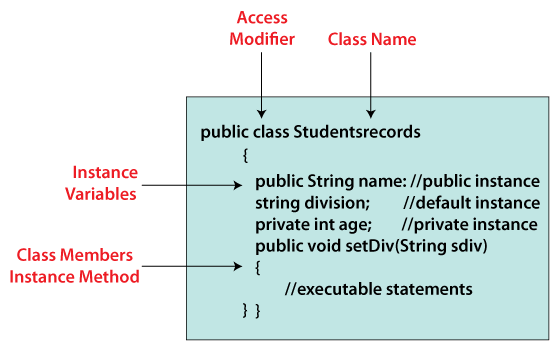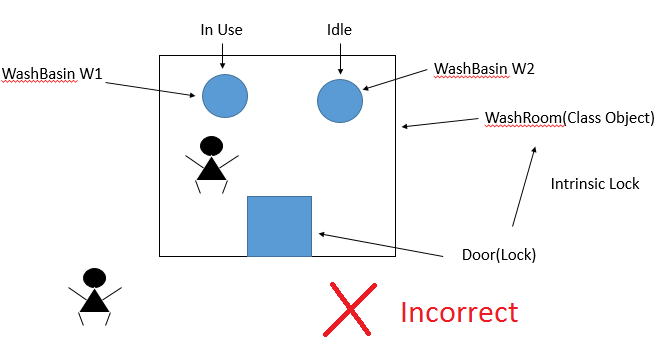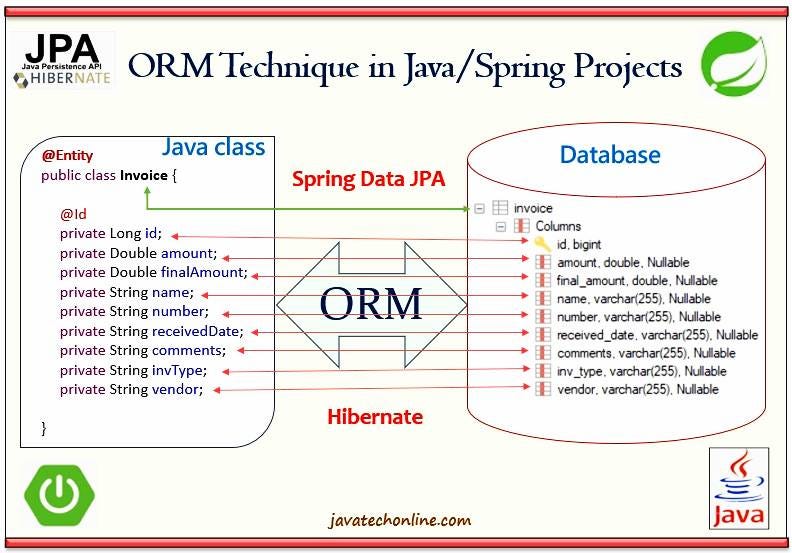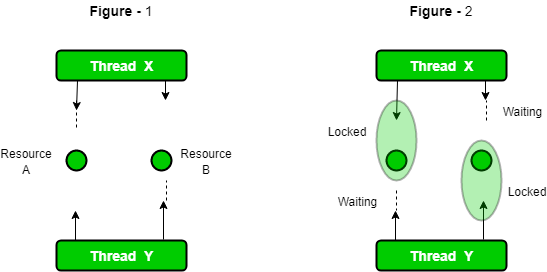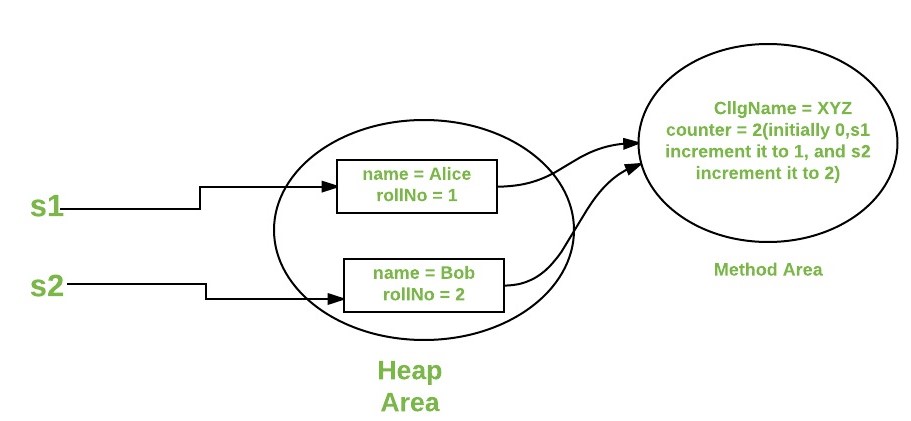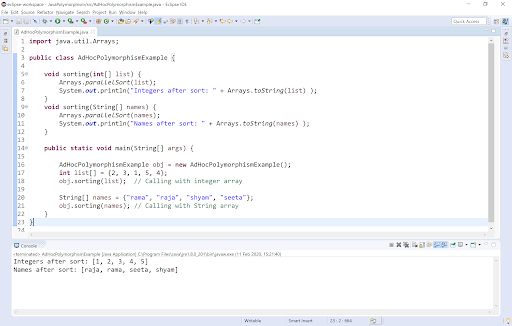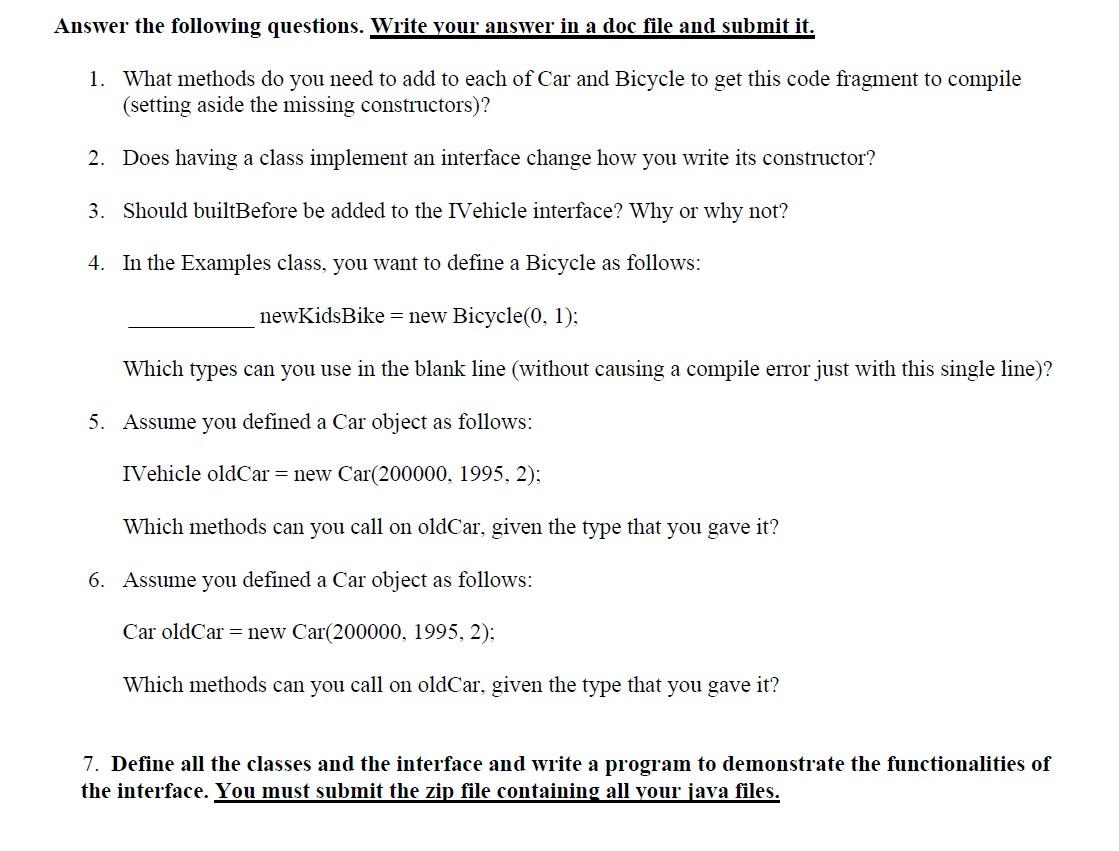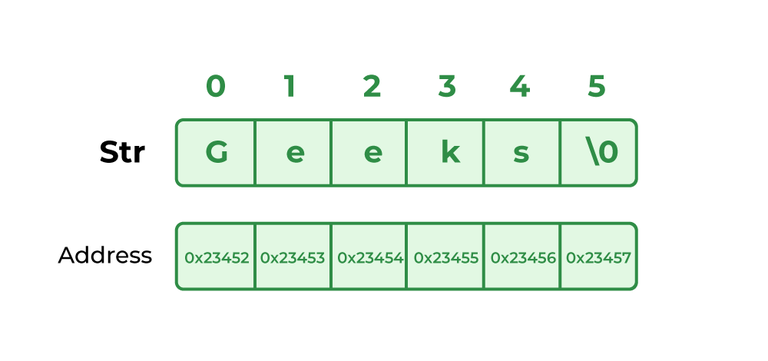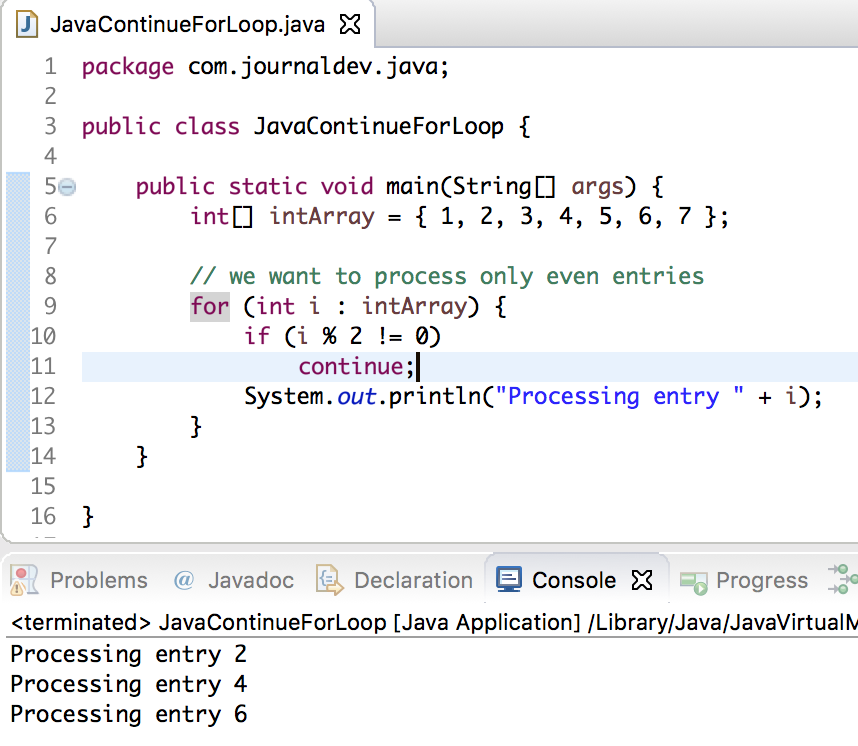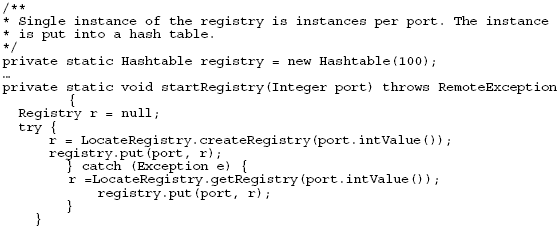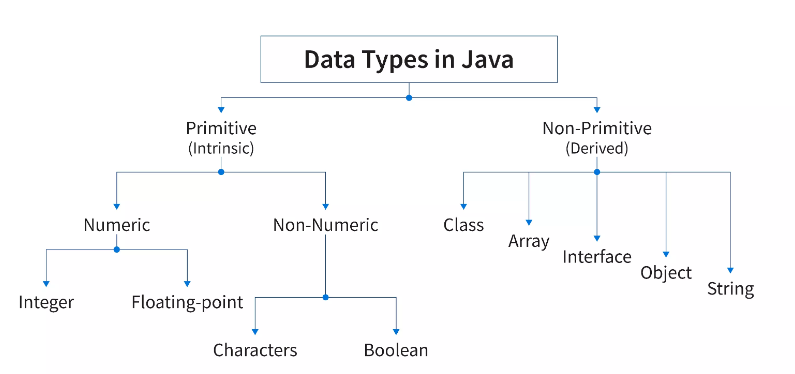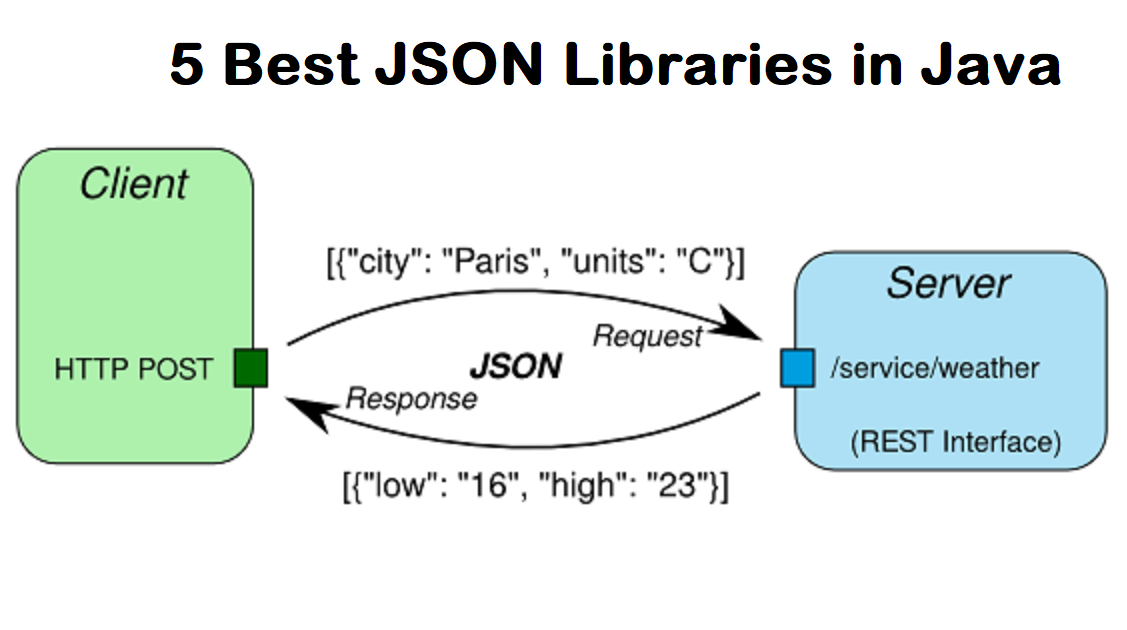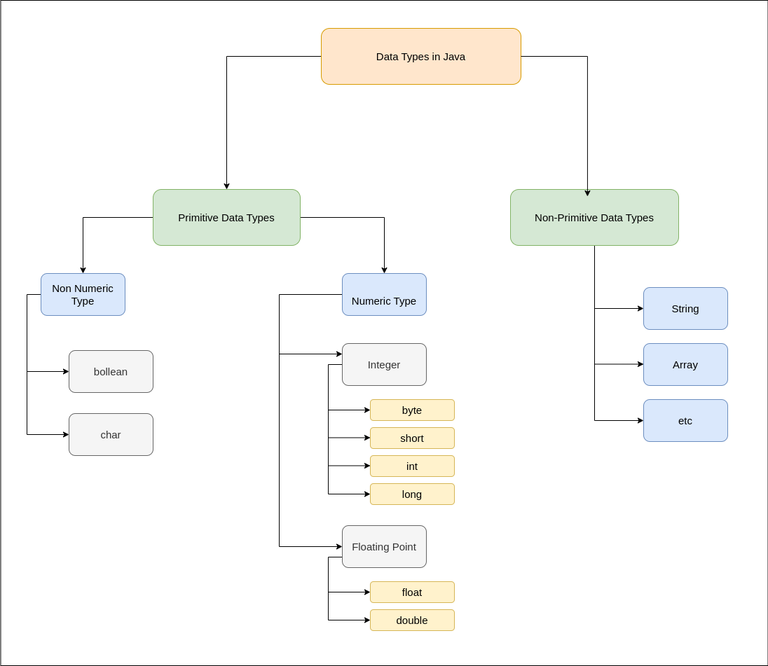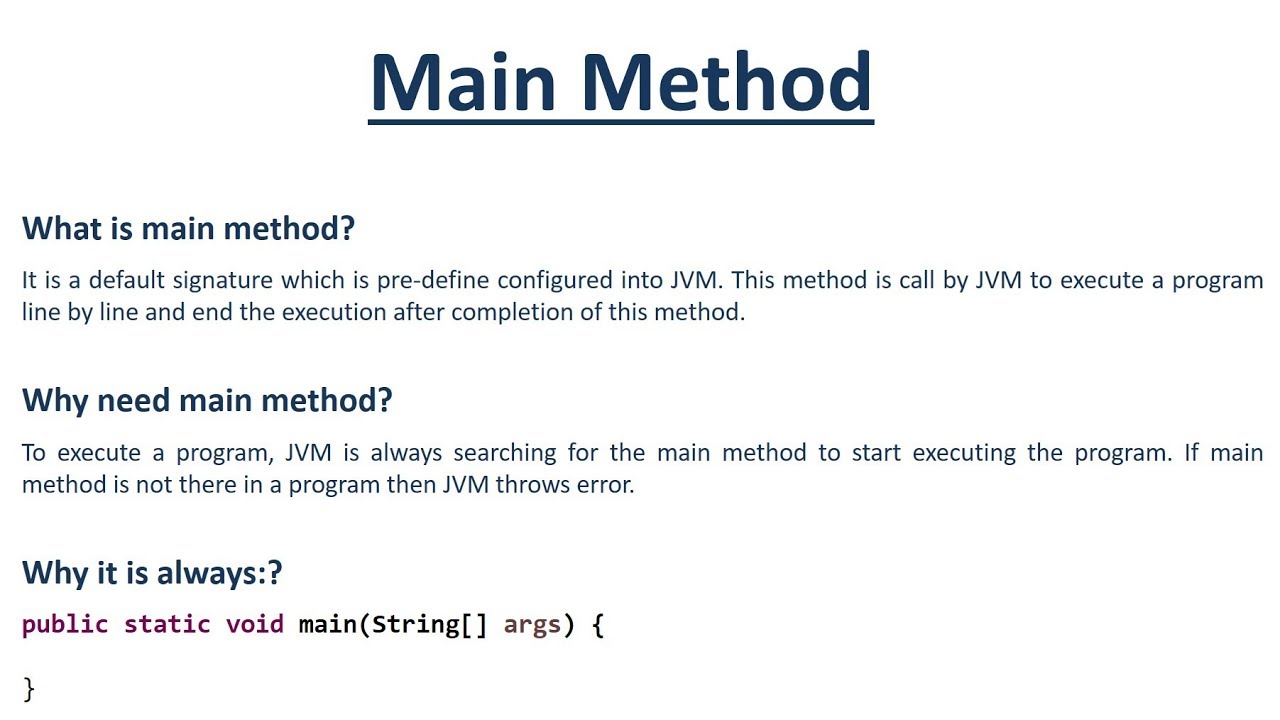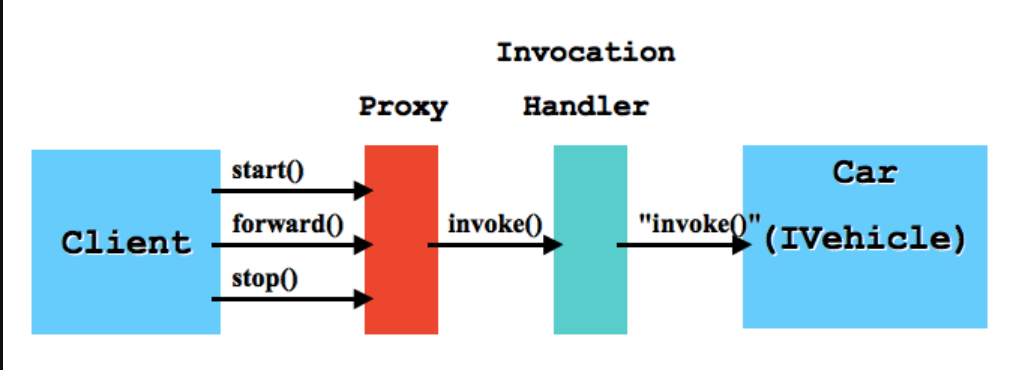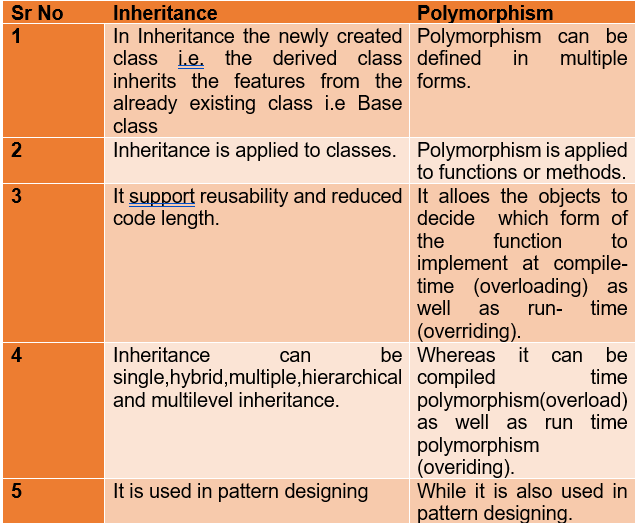Instantiating inner class in Java
Instantiating inner class in Java
Instantiating an Inner Class in Java:
In Java, an inner class is a nested class that has access to the members of its containing class. The containing class can be a local class, member class, or anonymous class. To instantiate an inner class, you need to create an instance of the containing class and then use it to instantiate the inner class.
Here is a simple example:
// OuterClass
public class Outer {
private String outerName;
public Outer(String name) {
this.outerName = name;
}
// InnerClass
public class Inner {
private int value;
public Inner(int val) {
value = val;
}
public void printValue() {
System.out.println(value);
}
public void printOuterName() {
System.out.println(outerName);
}
}
// Using the inner class
public static void main(String[] args) {
Outer outer = new Outer("OuterClass");
// Creating an instance of the inner class
Outer.Inner inner = outer.new Inner(10);
// Printing values
System.out.println("Inner Class Value: " + inner.value);
System.out.println("Outer Class Name: " + outer.outerName);
inner.printValue();
inner.printOuterName();
}
}
In this example, we have an Outer class with a private field and constructor. Inside the Outer class, we define an Inner class with its own private field and constructor.
To instantiate the Inner class, we first create an instance of the Outer class and then use it to instantiate the Inner class. We can then access the members of both classes as shown in the main method.
When you run this code, it will print the value and name of the inner and outer classes:
Inner Class Value: 10
Outer Class Name: OuterClass
10
OuterClass
This demonstrates that we have successfully instantiated an inner class and accessed its members from the containing class.
Is inner class a good practice in Java?
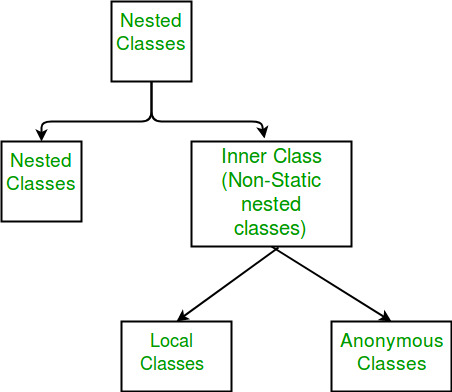
I'd be happy to respond in English!
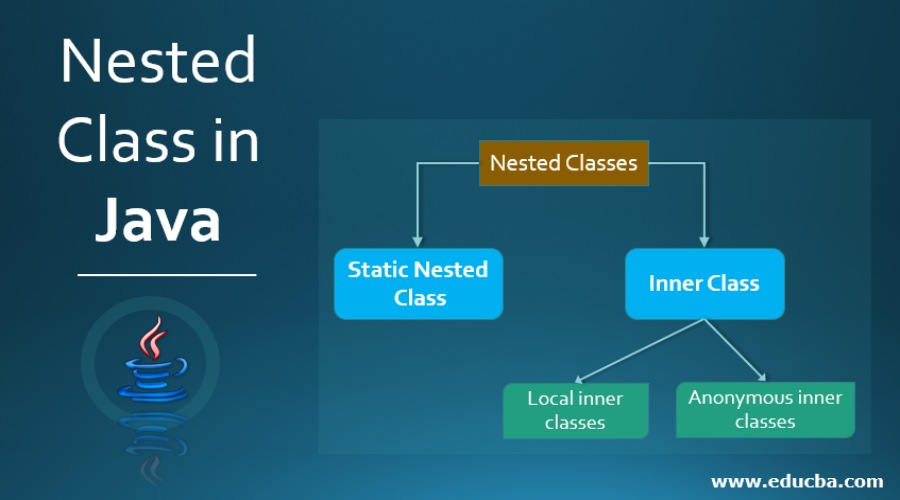
Inner classes in Java have been a topic of debate among developers for a long time. Some people swear by them, while others think they're unnecessary and even evil.
So, are inner classes a good practice in Java? Well, it depends on the context, but generally speaking, I'd say yes, with some caveats.
Inner classes were introduced in Java 1.1 as a way to encapsulate functionality that was closely tied to another class's behavior. They can be used to implement inner workings of a class without exposing them to the outside world. Think of it like a private helper method that's only accessible within the containing class.
Here are some good uses for inner classes:
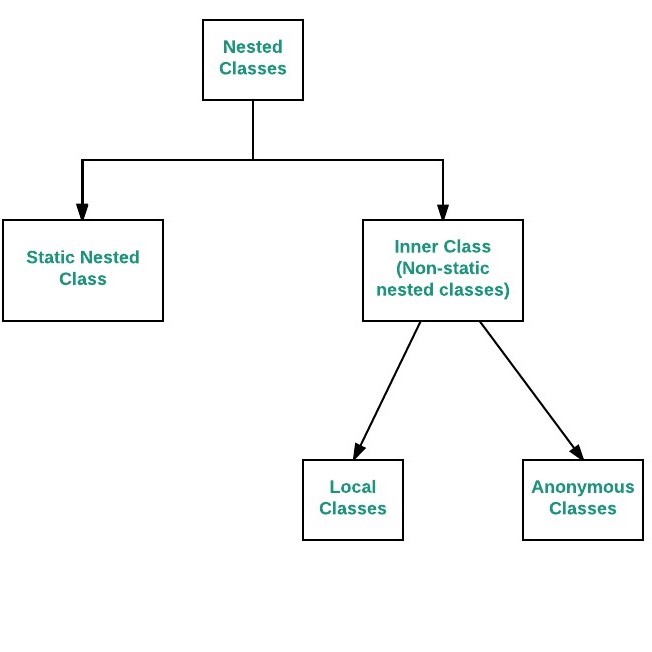
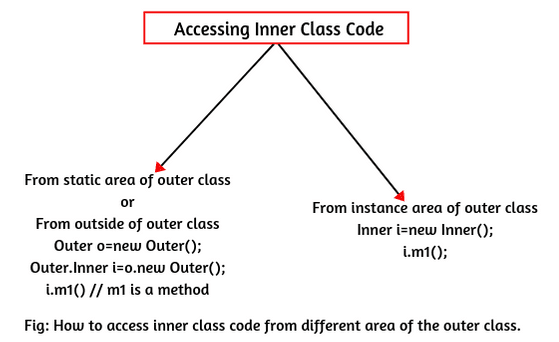
However, there are also some potential drawbacks to consider:
Tight coupling: Inner classes can lead to tight coupling between the containing class and its inner classes. This makes it harder to change one without affecting the other. Increased complexity: Adding too many inner classes can make your code more complex and harder to understand.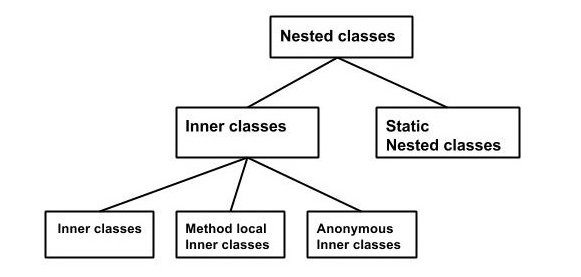
So, when is an inner class a good practice? When:
You have a small utility class that's specific to another class and doesn't need to be reused elsewhere. The implementation details of the containing class are so complex or unique that they deserve their own separate namespace (i.e., the inner class). You're implementing some sort of internal data structure or algorithm that only makes sense within the context of that particular class.In general, I think inner classes can be a useful tool in your Java toolkit, but use them judiciously and consider whether you're really gaining something by using an inner class instead of just making it a regular outer class.


